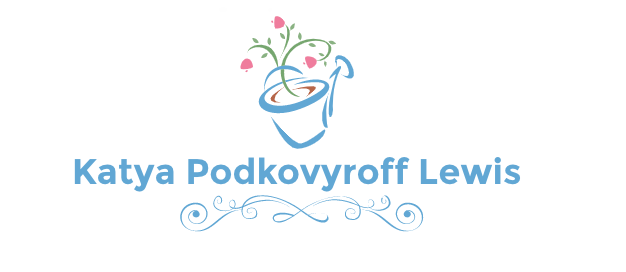American University’s former President, Neil Kerwin, initiated a campus wide sustainability program in 2008 creating a catalyst of environmental policies across AU. The mission includes carbon neutrality, meaning that by 2020 there would be zero carbon emissions through the help of reduction processes and carbon offsets. Similarly, AU decided to begin building it’s buildings to meet LEED standards. Leadership in Environmental Energy Design, was created by the United States Green Building Council (USGBC) as a rating system meant to evaluate the environmental performance of a building and encourage market transformation towards sustainable design (LEED Certification). The LEED checklist was consulted during the construction of the SIS Building, allowing for it to be certified as a Gold building. With several attributes positive attributes, the solar shelves allow for heating/cooling processes, the abundance of biophilia promotes happiness, the water tanks have conservative mechanisms, FSC certified wood decreases the carbon emissions, and the roof is painted white to help with the heat island effect. Beginning with the architectural aspects of AU’s campus, the tour followed by evaluating the plants on campus. 
The green roof of the SIS building refers to the planters near the main quad of campus, technically on top of the parking garage of SIS. Adding an extra layer of insulation, the greatest importance of many plants in the D.C. area are due to the issues with runoff the city experiences on a weekly basis. The runoff from DC ends up in the Chesapeake Bay which is why the city is now building tunnels for the overflow.
The Quad in the center of campus is a pesticide and chemical free area, which is why students can find several sorts of plants when laying out on sunny days. Another important reason the campus decides to be pesticide free in open areas is due to trying to keep the bees on campus happy and decrease the exposure of chemicals to students, faculty, and AU community members. Interestingly, the Kogod level also has a ground level green roof, however, the building itself existed prior to joining the LEED program. Therefore, the analysis of weight on the roof needed to be considered prior to implementing a green roof. Hence, the shallow green roof with succulents outside of Kogod allowed Kogod to reach towards improving within the LEED program guidelines.
The university’s carbon emission neutrality goals are right on track according to the Director of the Environmental Sustainability Office on campus, however, there are certain programs that are impossible to disappear. For example, the Study Abroad program is considered within the AU’s carbon footprint and so are the daily commutes completed by faculty and students. While AU is offering programs and solutions to reducing daily commuting, the Study Abroad program is highly regarded and encouraged on campus for students. Therefore, the university’s solution to reduce the carbon emissions on behalf of the flights is investing in carbon offsets. The biggest carbon offset program AU is involved in is cookstoves in Kenya.
Finally, the range of ecological concepts from the effects of humans on the planet to the responsibility humans have to the planet to help preserve its species are heavily concentrated on American University's campus. These responsibilities can include but are not exclusive to composting frequently, minimizing VOC’s (Votile Organic Compounds), material reuse, and planting species in areas they can thrive and provide for the wildlife. Ms. Litke focused on the relationship between sustainability and ecology heavily due through the means of AU’s Environmental Office’s mission. In order for other organisms to thrive, humans must increase their sustainability habits. The tour emphasized the framework of the “nature of earth” and scientific understanding by answering questions of how AU is attempting to reduce their bad habits, reuse their materials, recycle their waste. The relationships of the natural world and human lifestyle collide frequently but we must find a way to harmonize; American University’s Office of Environmental Sustainability is attempting to create this harmony on campus.
























